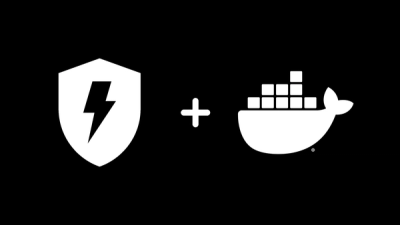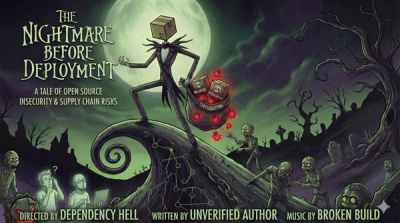Link (React)
A generalized link <a> component that allows client-side navigation, while ignoring:
- shift-clicking
- alt-clicking
- ctrl-clicking
- non-left clicking
target attributemailto href
Install
npm install link-react --save
React itself is a peer dependency and not included, it is the responsibility of the implementing app to provide a reference to React.
Use
import React from 'react';
import Link from 'link-react';
export default (p) => (
<nav>
<Link href={ p.homeLink.href } onClick={ p.homeLink.onClick }>{ p.homeLink.label }</Link>
<Link href={ p.aboutLink.href } onClick={ p.aboutLink.onClick }>{ p.aboutLink.label }</Link>
</nav>
);
License
Released under an MIT license.
Related
Other
Like it? Star It



